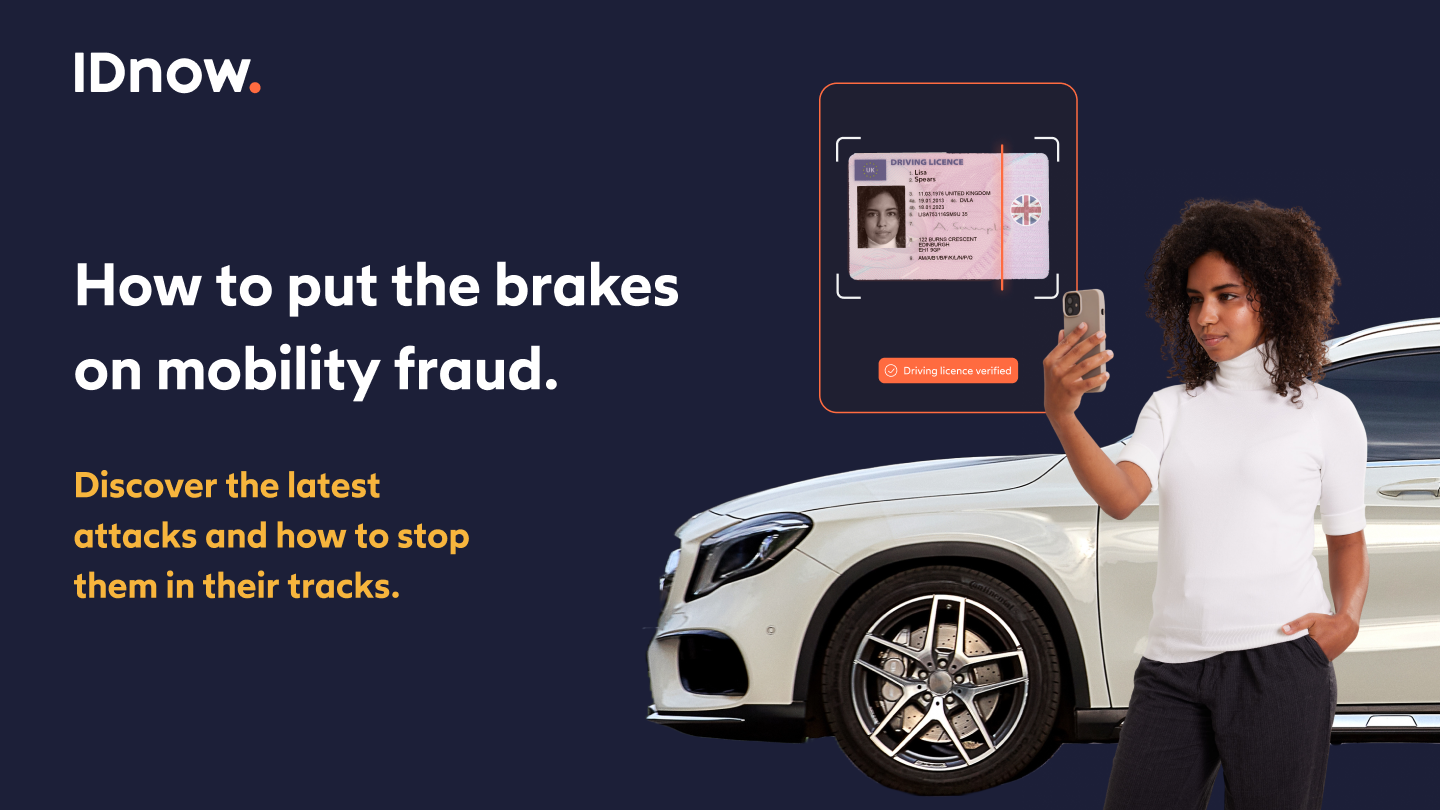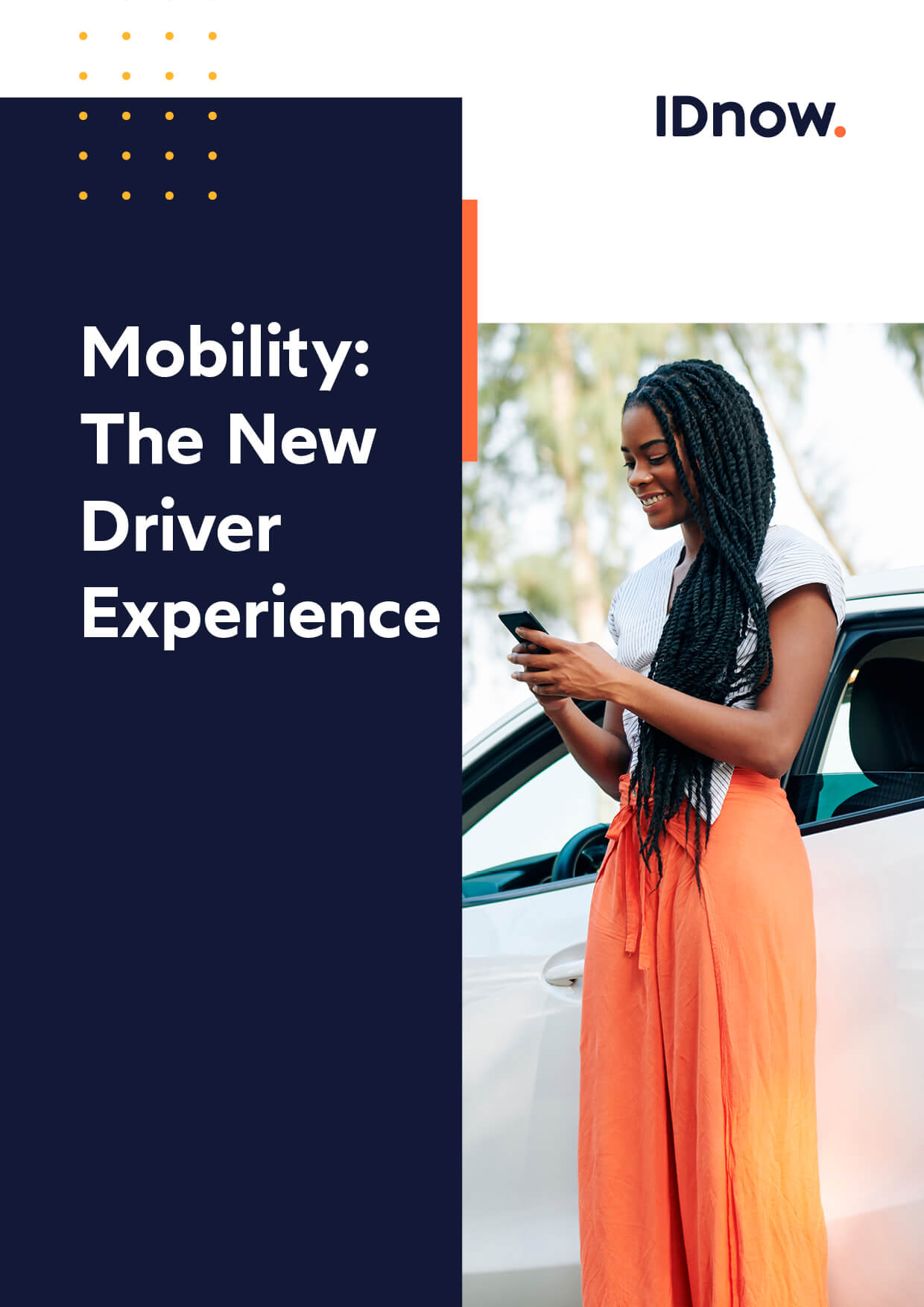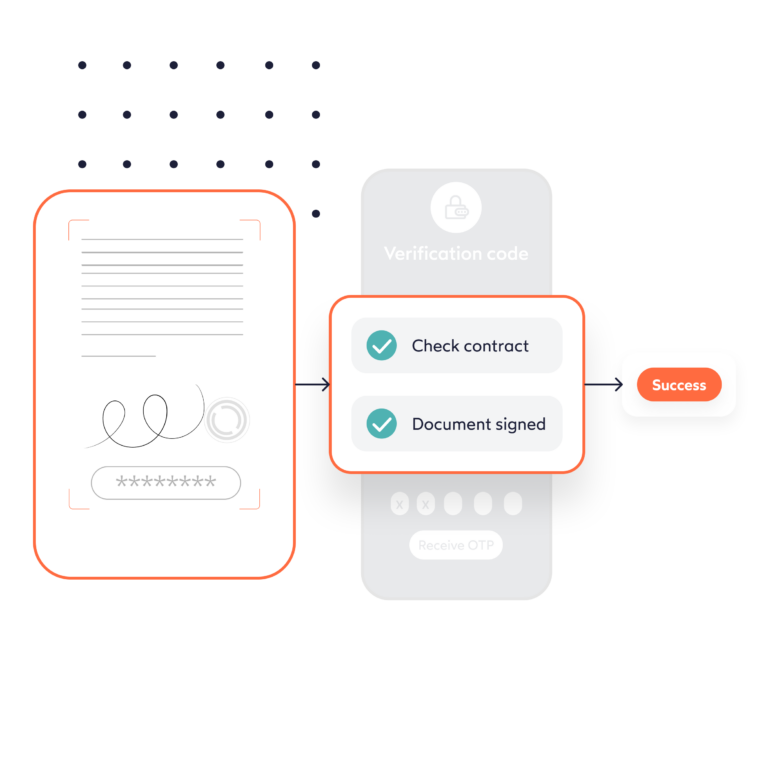With the ever-changing mobility industry, ID verification can help to create a faster, safer, and more equal way to travel.
Everyone knows the age-old saying “Sharing is caring,” and with the latest trend in public transport—so-called shared mobility—this saying could not be more true. Shared mobility offers millions of people the opportunity to get where they need to be without the hassle of owning a vehicle.
Consulting firm PricewaterhouseCoopers (PwC) forecasts that by 2030, more than one in three kilometers driven could already involve sharing concepts. But, in order for this to happen, one thing must be available: quick and easy, on-the-go identity verification. Identity verification solutions provide the much-needed safety and security that is paramount for companies and consumers, all while connecting and leveling the social world.
What is meant by shared mobility and why do we need it?
Shared mobility comes down to its name. Simply put, shared mobility is the use of transportation services and resources such as public transport, car-sharing, ride-sharing, micro-mobility (lightweight transportation for individual use), etc. that are shared between consumers, either at the same time or one after another.
A few advantages can be seen when looking at the overall picture of shared mobility usage. For instance, by relying on shared transportation services, it allows people to lessen their environmental impact by reducing traffic and emissions from personal cars. In addition to environmental benefits, shared mobility can also result in significant cost savings when compared to owning a vehicle or taking a taxi. But it gets even better. Not only is shared mobility an economical and environmental solution for everyone but it encourages us to share our days with one another, fostering a spirit of collaboration among commuters everywhere. This collaboration promotes social levelling by having people from all walks of life get to where they need to be. As a result, mobility becomes accessible to everyone no matter their place in life, providing them the flexibility and safety they need.
With these three advantages of shared mobility defined, the impact on society will be worth it.
What is social mobility and why is it important?
Social mobility is the ability to navigate social and economic classes across generations. It is an important concept because it allows social progress, as it provides opportunities for people from all backgrounds to move up in social class if they are willing to work hard and put in effort. In a social mobility system, individuals are not perpetually stuck in their social classes. This can create a more equitable society, where everyone has the potential for upward social mobility regardless of social background. Social mobility also incentivizes education and hard work, since those qualities can be used to improve one’s social position to achieve success. Therefore, social mobility is essential for creating a society that offers fair chances for all.
Furthermore, when pairing shared mobility with social mobility class levels are again knocked down since everyone is equal when they are sharing rides and getting to their desired destinations. In a nutshell, social and shared mobility provide equal opportunities for everyone regardless of social standing.
Moving society by leveling the playing field.
In today’s modern world, we all want to get to our destination, but not everyone has their own personal vehicle, nor can they afford one. In enters shared mobility and its connections to ride sharing, car rentals, car financing and all transport services, including micro-mobility.
With all these choices available at the touch of a button, through various apps and online sites, shared mobility allows everyone to get to their destinations quickly, cheaper, and in a much greener way. Of course, there are plenty of people who still use personal vehicles, but the shared mobility market is anything but small. Accounting for nearly $130-140 billion in global consumer spending in 2019, the popularity of shared mobility continues to increase and impact society, despite the obstacles the pandemic posed.
The primary reason for an interest in services such as ride hailing include convenience, with safety, price, and reliability the topmost important features according to McKinsey.
Additionally, McKinsey’s 2020 ACES Consumer Survey, found that more than 60% of people would share their ride with a stranger if doing so would add less than 15% to their travel time while reducing their cost.
With shared mobility, individuals come together from all walks of life, illustrating how social hierarchy in mobility is barrier-free and can drive mobility into the future. But in order to get to this utopia of social and shared mobility, affordable and accessible identity verification solutions must get the green light to drive these movements forward.

What is mobility fraud in relation to shared mobility?
One spoil sport of this social and shared mobility utopia is fraud, specifically mobility fraud. Mobility fraud is an ever-growing problem associated with the age of shared mobility. It involves using fake credentials or false identity documents to gain access to mobility services, such as a car-sharing website or app. In some extreme cases, people have been caught using fake driving licenses to commit mobility fraud. This type of scamming affects mobility service providers and users alike, financially and otherwise. Mobility fraud can also be especially dangerous since it creates a major safety hazard for other users. As this kind of fraud becomes increasingly sophisticated, mobility service providers must invest in reliable methods for detecting fraudulent activities to protect their businesses and customers from any kind of abuse.
As such, ID verification is extremely important for both mobility providers and users alike since it can protect everyone in the social hierarchy by treating everyone the same way. In consequence, mobility fraud is prevented and traveling becomes fair and convenient for everyone.
How ID verification assists social and shared mobility.
As more people turn to services such as e-hailing (hailing a vehicle through electronic devices), there’s one major component that can be both an opportunity and a challenge for mobility services: identity verification.
With the e-hailing market accounting for more than 90% of consumer spending in shared mobility globally, companies need to know who they are doing business with. Safety is paramount when it comes to transportation, especially when individuals drive or hail vehicles they don’t own. Companies need to know they can trust whoever is using their service, and consumers need to be able to trust the companies they use.
Identity verification solutions in shared mobility can provide that trust and level of assurance that both parties are looking for. All that is needed is a government ID and a selfie. Users simply need to download a mobility service app, upload a photo of their driver’s license and submit a selfie. Verification takes minutes and users can be on their way to their final destination.
By having such a process in place, mobility companies empower people at every stage of life to get where they need to be, while maintaining a level of security. Products such as IDnow’s AutoIdent enable businesses to offer a smooth verification process for their costumers, while preventing ID fraud or underage driving. Both fraud and underage driving are dangerous to businesses and consumers alike because lives are literally on the line. A simple driver’s license verification has the potential to save lives.
But despite the obstacles that fraud and underage drivers pose, shared mobility, with the use of identity verification, can help more people get to where they need to be, while reducing risk. Accessibility and inclusivity are attained by knocking down prejudices such as age, race, gender, socioeconomic status and physical ability, and in the end leveling out social mobility and providing transportation to everyone in a safe and secure way.
Putting the brakes on fraud in the mobility industry.

A line-up of choices.
With the many solutions across the shared mobility ecosystem we discussed to include car-sharing, car hailing, car rental, car financing as well as the beloved and growing micro-mobility option, getting people to where they need to be has become easier. According to a survey from BCG, the top reason for consumers to use micro-mobility over personal vehicles is flexibility.
In addition, another shared mobility concept that will gain momentum in the coming years is the hot-topic of autonomous driving.
Autonomous Driving:
Autonomous driving has the potential to revolutionize shared mobility thanks to its efficient operation and decreased risk of human error. Using autonomous vehicles for shared transportation services can help to minimize costs, improve safety, reduce traffic congestion on roads, as well as improve ride-hailing services. Individuals who do not have a license or are physically handicapped will have an even better opportunity to get to their desired destination without worrying about a lack of license or physical challenges.
Furthermore, autonomous vehicles have the ability to route around construction, detours, and delays more quickly due to their real-time communication capabilities between each other, helping shared transportation become even faster – making shared mobility fueled by autonomous driving an attractive alternative to individual road transportation services. With further testing and development into autonomous systems, shared mobility could become a viable public transport option in a number of cities worldwide.
As a result, personal vehicles are losing their allure due to their inflexibility, parking, maintenance, and of course price. And with the rising cost of gas prices, we’re likely to see shared mobility increase even more—specifically e-hailing and micro-mobility options. Even Uber saw a spike in usage with 118 million users in 2021, which was a 26% increase from 2020 and a 6% increase from 2019.
But whatever a person’s preferred mode of transport, shared mobility service providers will be there to ensure they get on the road faster, while mobility providers can operate safe in the knowledge that their customers are who they say they are through the use of identity verification solutions. Because when it comes to social and shared mobility, the beauty lies in the fact that there is no social hierarchy; we are all equal by having access to a service that everyone can use, from anywhere, and at any time. And all of this is achieved through identity verification.
By

Kristen Walter
Junior Content Marketing Manager
Connect with Kristen on LinkedIn
Trend Report: Mobility





